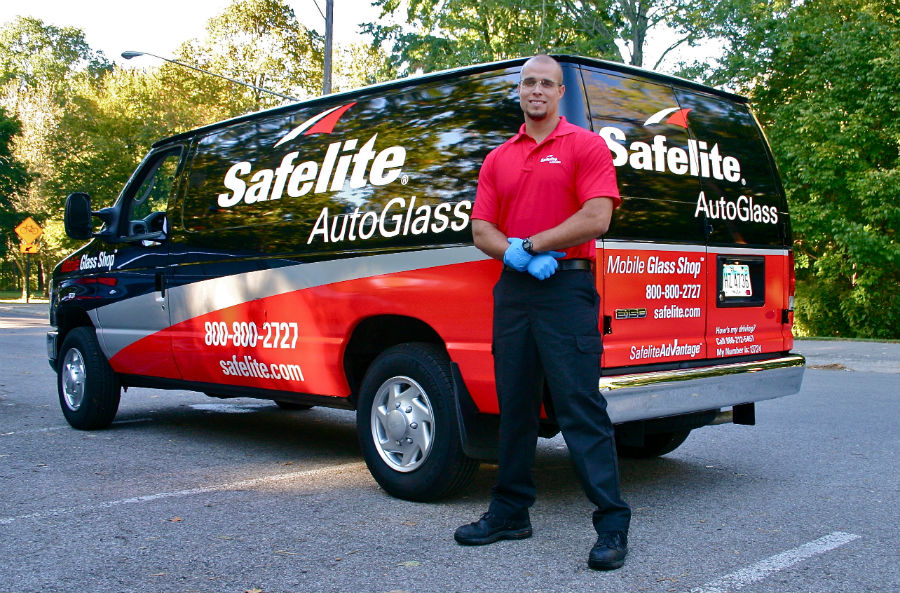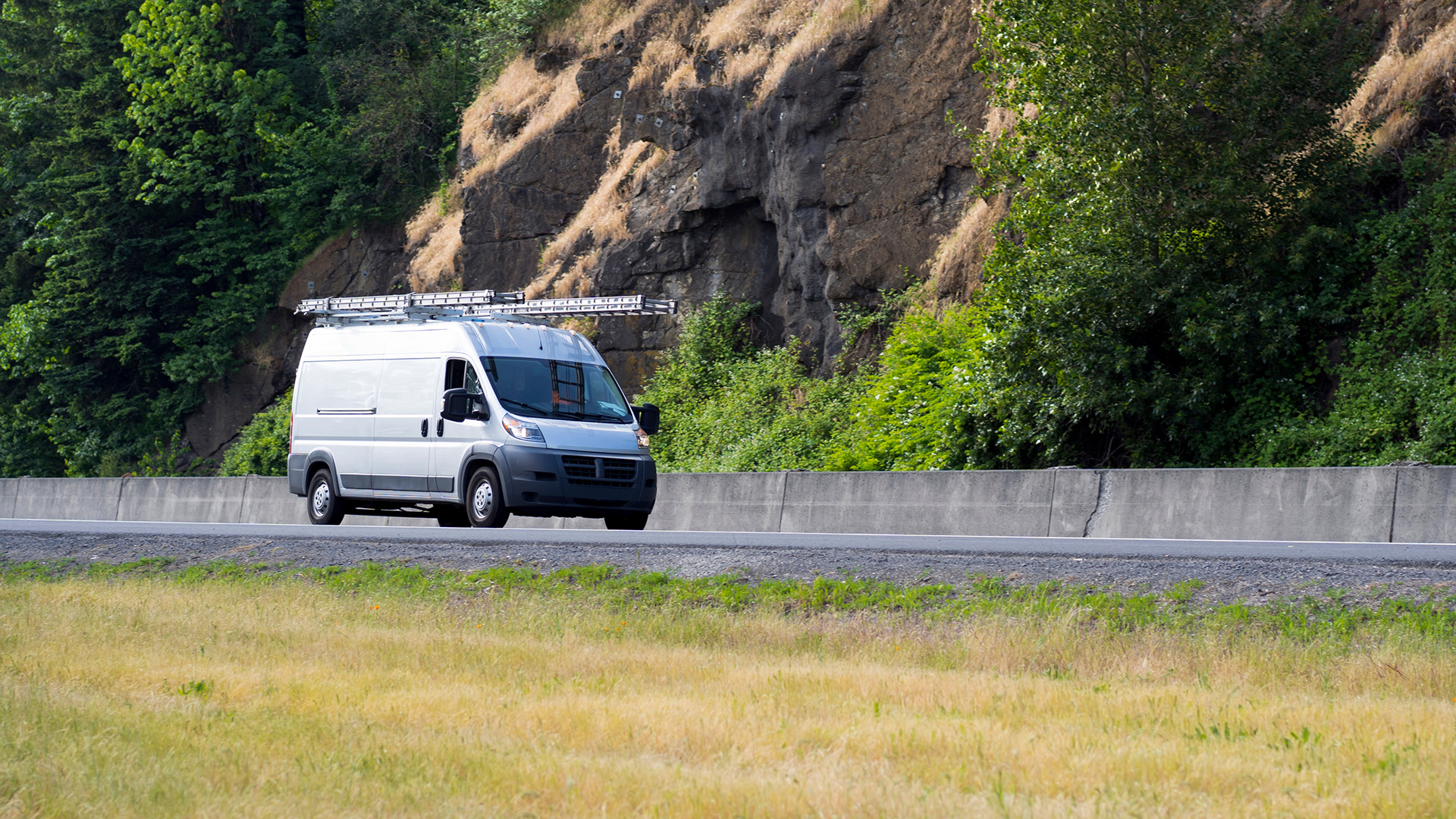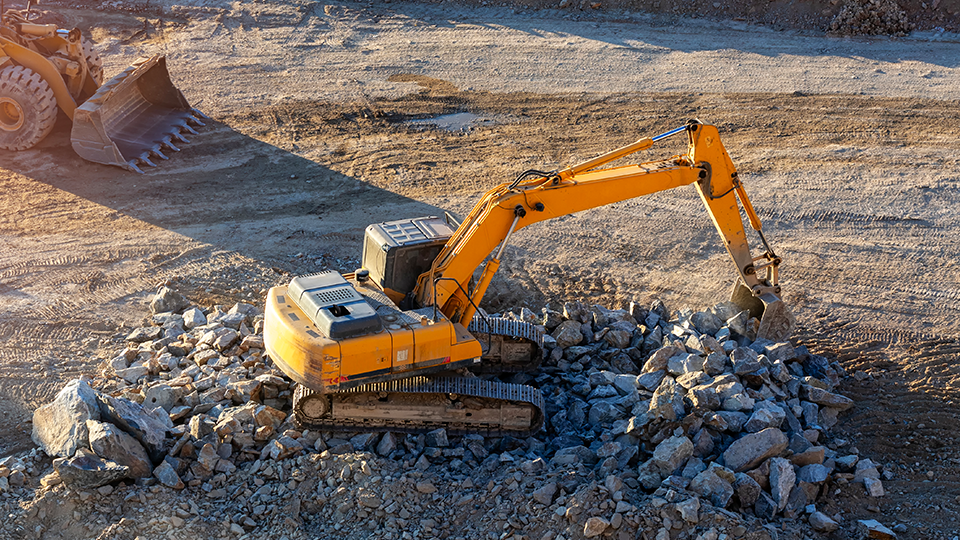Turning driver safety into fleet success
Safelite AutoGlass Director of Fleet Operations, Erin Gilchrist, discusses how to build a successful fleet safety program with telematics.


For many fleets, driver safety is a top priority, but translating policy into practice can be challenging. Geotab interviewed Erin Gilchrist, Director of Fleet Operations at Safelite AutoGlass, on best practices for building a successful fleet safety program. Gilchrist was awarded the 2016 Flexy for Corporate Fleet Safety for Excellence in Corporate Fleet Safety by the North American Fleet Association (NAFA).
GEOTAB: Safelite AutoGlass is known for its focus on driver safety. Tell us about your fleet safety program.
GILCHRIST: In order to protect our drivers, as well as other drivers sharing the road, Safelite identified opportunities to increase safety. We determined that telematics would help us measure risky driver behavior by monitoring acceleration, braking, cornering, seat belt use, and speeding. Amongst multiple stakeholders at Safelite, we embraced telematics to help enhance our long-standing culture of safety.
GEOTAB: How did you manage the roll-out of the program?
GILCHRIST: We piloted telematics in 100 vehicles in 3 different markets. Once we realized an ROI, we presented to senior leaders and obtained buy-in from the field. In building our program we partnered with HR, risk, field leaders and collaborated with other internal stakeholders, as well as industry experts, to frame it up.
GEOTAB: What are your top tips for fleet managers setting up a new safety program?
GILCHRIST: It’s important to be realistic when setting goals. In order to set our idling goals, it was important to consider different weather by seasonality and geography, as well as understand how our technicians use their vehicles.
There are three essential steps to a successful program:
- Spend time on getting your policy right first, before implementing the technology.
- Obtain buy-in from senior leadership on down to drivers, and everyone in between.
- Integrate IT, telematics, and the fleet management company. Communicate well, early and often with drivers.

GEOTAB: How can fleet managers better understand their drivers and vehicles?
GILCHRIST: Ride along with your drivers to understand what they need and how they do their jobs. Encourage supplier partners to do the same.
GEOTAB: Securing buy-in and participation can be a challenging task. How did you cultivate acceptance and compliance from the drivers?
GILCHRIST: We recognized early-on that in order to build credibility with the drivers, we would need to make sure the program considered their jobs, their vehicles, and where and how they work.
GEOTAB: What tools did you implement to help motivate drivers to participate?
GILCHRIST: We implemented a safety scorecard and then launched an idling contest in 2014. Each market had their own baseline target and a cash incentive to reward their team. Some markets actually donated their cash awards to associates with hardship. We built energy around the contest and provided discretionary dollars to well-performing markets that couldn’t win because their opportunity was limited.
GEOTAB: What role has telematics played in your safety program?
GILCHRIST: Safelite uses telematics to speak directly to drivers, provide coaching, and correct behavior in the moment. We also use the telematics data to report on vehicle health and analyze fuel fill-ups and preventive maintenance behaviors.
Other stakeholders in our company are realizing the benefits of our telematics investment, in modifying driver behaviour.
GEOTAB: Safelite has experienced great results. How are you building on the success of the safety program?
GILCHRIST: We continue to reward teams for achieving outstanding results and are now planning for a second and third phase of the telematics program. The focus of the program has expanded from safety to environmental goals and beyond. The productivity gains we are seeing and savings from proactive vehicle care are benefiting the entire organization.
Based on everyone’s terrific performance, we feel ready to raise the bar. We want to challenge our organization, our drivers, and our partners to use technology and predictive analytics to develop stand-out, professional drivers.
Now that we know what is possible with data, we look forward to all that we can achieve. Having access to benchmarking data, gamification, newer and better platforms, and integrating telematics data to produce more intuitive and predictive tools is going to allow Safelite to be a leader in fleet safety.
The Secret to Safelite’s Success
The success of the safety program at Safelite is based on solid planning and partnership with the drivers. From the beginning, Safelite worked to understand fleet operations better and shape the policy to fit the drivers. Everyday drivers make decisions that impact fleet objectives, therefore it’s imperative to create a program that engages them fully.
A key pillar in every well-run fleet program is a carefully structured and up-to-date fleet policy. The most effective policies are dynamic and move with the company business needs, and evolve with changes to the fleet industry.
While a fleet policy can be modified to reflect the plans and objectives of the fleet office, the challenge remains to make it easy to understand and follow. If a policy is unclear, that can lead to misinterpretation. Misunderstandings can be costly and jeopardize the achievement of goals.
For example, fleet offices often negotiate and build fuel and maintenance programs to manage uptime, shave costs from their fleet budget, and reduce carbon emissions. If a driver is unaware of the designated fuel and maintenance stations and chooses to purchase fuel or take their vehicle in for repairs outside of the contracted network, they can incur unnecessary costs and negatively affect profitability.
Suggested Reading: Is Your Company’s Distracted Driving Policy Up-To-Date?
Measuring Performance with Telematics
Whether you are just beginning to implement telematics in your fleet or you are seasoned in maximizing telematics data, leverage your partners to help identify and execute new strategies. Ensure you are maximizing the value of your data to your organization and challenge others to find creative new solutions to influence your drivers toward policy compliance.
Companies are realizing what fleet managers have known for years — telematics is essential in assessing, measuring, and modifying driver behaviour. Whether a fleet’s primary consideration is safety, productivity, compliance or vehicle health and fuel consumption, telematics can assist with all those goals.
Working With Drivers, Instead of Against Them
By drafting a strong policy and working closely with drivers, Safelite has turned driver safety into fleet success. The competition and rewards generated a lot of enthusiasm. While punitive consequences for policy violations may have an impact on behavior, it’s not the total answer. There are a whole range of tools used by fleet organizations to influence driver compliance. Rewarding exemplary behaviour and fostering a fun, healthy competition has demonstrated very compelling success toward achieving team goals.
Flexibility was also key. Safelite monitored performance to find out what was working and what wasn’t and adapted the program accordingly. Telematics was employed to monitor, measure, and influence driver behavior. As a result, Safelite has created a driver safety culture that supports the goals of their organization and fleet office. Additionally, the company has seen significant fuel savings, reduced high-risk driving behavior, and increased overall fleet safety.
Read how other fleets improved safety, productivity, and efficiency on our success stories page.
Related Posts:
Best Practices for Rolling Out Large Fleets with Geotab GO Devices
Subscribe to get industry tips and insights

Leanne Johnson is a Senior Partner Account Manager at Geotab. She is constantly focused on fitting customers with fleet solutions that use technology to facilitate data-driven decisions. She is also a contributing author to the Geotab blog.
Table of Contents
Subscribe to get industry tips and insights
Related posts

Field service is losing money to bad data: Go beyond GPS with smarter telematics
June 27, 2025
3 minute read

Unlock field service ROI: Your practical guide to connected operations playbook
June 9, 2025
3 minute read

Neil Cawse: Lack of appetite for risk is holding the Canadian economy back
May 12, 2025
2 minute read

How to avoid high downtime costs for construction fleets
March 10, 2025
2 minute read
